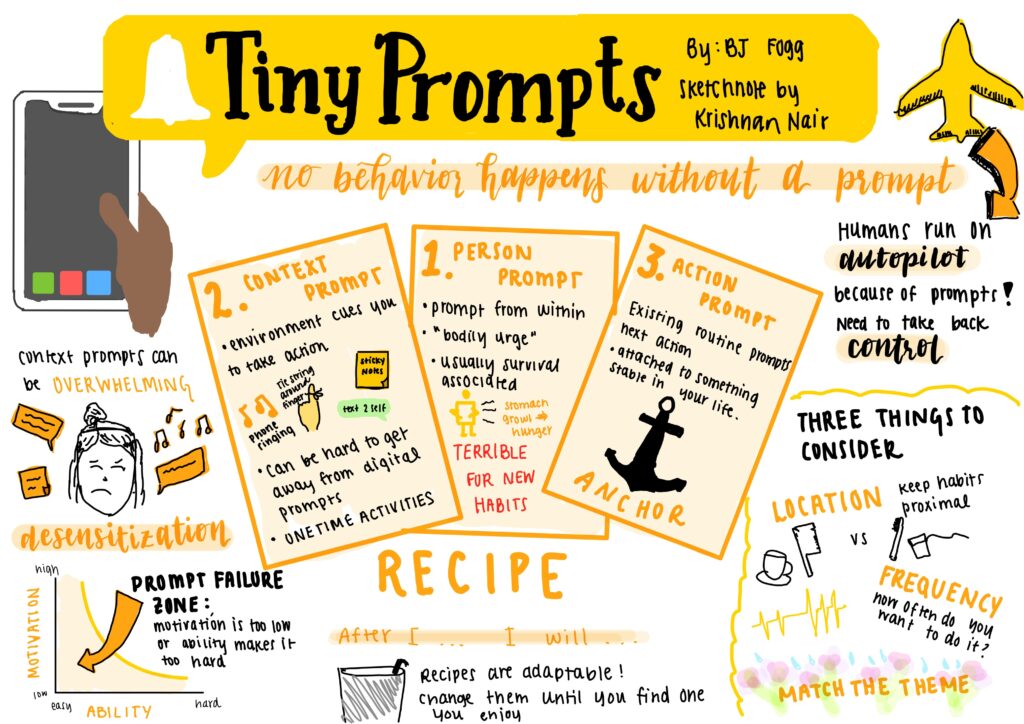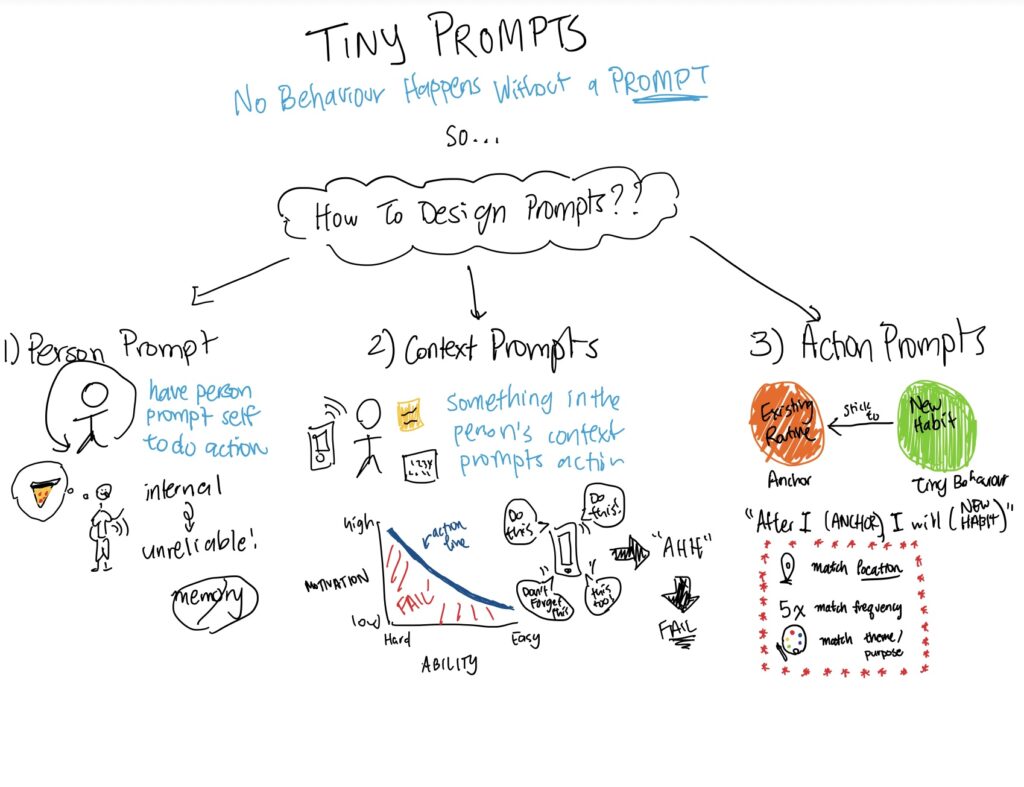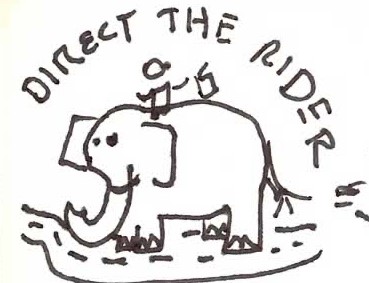Team 3: Alahji Barry, Elyse Cornwall, Kaitlin Peng, Anooshree Sengupta, Cecilia Wu
Literature Review
Our team decided to explore 5 different areas under decision making for our literature review: decision making with confidence, decision making under uncertainty, making decisions quickly, decision making training, and the effect of time on decision making.
Decision Making with Confidence (Elyse)
Cross-cultural Differences in Self-reported Decision-making Style and Confidence
Summary: Researchers administered the Melbourne Decision Making Questionnaire to university students from 3 Western cultures (U.S., Australia, New Zealand) and 3 East Asian cultures (Japan, Hong Kong, Taiwan). They noted that the Western cultures were considered more individualistic, while the East Asian cultures could be considered more group-oriented. The Western students had higher confidence in their decision-making abilities, while the East Asian students were more likely to procrastinate or shift the responsibility to someone else when making decisions. The article discusses whether these results can generalize; these were all university students, and the Western countries selected were all English speaking.
Takeaways: We should be aware of the decision-making styles of people from different backgrounds. This study didn’t investigate whether higher confidence led to better decision outcomes, but we should be careful when assuming that all of our users want to be more confident in their decision-making. We should also be aware that procrastination and deferral of decision making are not necessarily signs of bad decision-making; maybe the person is waiting on more information or trying to take other people into account.
Subjective Confidence Predicts Information Seeking in Decision Making
Summary: Researchers devised a procedure by which they could test whether confidence affected accuracy in a simple decision-making task. They found two versions of the same categorization task – in V1 people felt less confident about their categorization, while in V2 they felt more confident – but people actually had the same accuracy when categorizing in V1 and V2 of the test. They gave people the option to ask for more information (at a small penalty) when they were uncertain about their decision, and found that people were more likely to ask for this hint when their confidence was low, not when they were actually less likely to get it right.
Takeaways: People’s confidence in decision-making is subjective; they will ask for more information when they feel that they don’t know the answer, not when they actually don’t know the answer. If we want to make people feel more secure in their decision-making, this isn’t necessarily about leading them to the “right” decision more often.
Decision Making under Uncertainty (Anooshree)
Privacy and Human Behavior in the Age of Information
Summary: The authors of this article investigated patterns in human decision making surrounding choices about privacy. They found three unifying themes surrounding this behavior: people’s choices were subject to manipulation by external agents like businesses and governments, people’s concern about privacy was context-dependent, and uncertainty about the consequences of their choices caused a lack of confidence in people’s personal preferences. They suggest substantial public policy changes to protect consumers from making these decisions as the internet continues to dominate society.
Takeaways: When people lack complete knowledge about a subject—like the thorny issue of protecting your privacy online—their confidence in their decision making deteriorates and they become more easily susceptible to bad actors, or those looking to profit off of their choices. The article’s final suggestions are a bit paternalistic, but ultimately, it seems as though limiting users to a context they are comfortable within prevents them from accidentally harming themselves with their final choice.
Increasing Users’ Confidence in Uncertain Data by Aggregating Data from Multiple Sources
Summary: The authors of this article tried to generate a solution to a common problem encountered while making decisions: we rely on uncertain data to guide our choices. To try to make verifying uncertain data easier, they focused on the example of checking weather forecasts and examined three types of data aggregation methods, one manual and three computational. Their results showed that users benefitted overall from aggregation, and that they preferred computational methods, except in the case of high-stakes situations.
Takeaways: This study offers some inspiration for our project: with this case study, they have demonstrated that aggregating data helps users find direction in uncertain situations and navigate multiple sources of information. The fact that users still defer to manual aggregation when making important decisions seems to indicate a small degree of distrust in computational methods and is good to know as we move forward with our project!
Making Decisions Quickly (Alahji)
Making Fast Strategic Decisions in High-Velocity Environments
Summary: The author of the following article explored how executive teams within the microcomputer industry are able to make rapid decisions in high-velocity environment. What was discovered is a set of propositions that challenges the conventional perception of fast and strategic decision making. For starters, the evidence showed that fast decision makers use more, not less, information compared to their slower counterparts. Additionally, there is generally a tendency for fast decision makers to develop more, not fewer, alternatives.
Takeaways: Prior research has suggested that the consideration of fewer alternatives and usage of limited information would lead to quick decisions. The author contradicts traditional views, stating rationality and extensive analysis, in fact, speeds the decision making process when given real-time information (“information about a firm’s operations or environment for which there is little or no time lag between occurrence and reporting”). While this may be effective in high-velocity environment, I wonder it would useful in low-stake decision making processes.
Spontaneous Giving and Calculated Greed
Summary: The author of the following article explores the cognitive basis of cooperative decision-making in humans, using a dual-process framework that looks at the interaction between intuition and reflection. The focus of the research is on quick decision-making processes, and how our intuition is often associated with garnering fast responses, while reflection is often associated with slower, deliberate responses. The study finds that people who make decisions quickly are more likely to cooperate, and that forcing people to decide quickly increases their contributions to cooperative efforts.
Takeaways: It is interesting to have read the following article as it appears to contradict with my previous reading. It seems to advocate for more intuitive, automatic decisions, instead of reflective, deliberate decisions, in order to make decisions quickly. I wonder if the different circumstances contribute to why both articles have different approaches to make quick decisions as one focuses on intense work environments while the other is on decision among a group of people.
Decision Making Training (Cecilia)
Effects of decision training on individuals’ decision-making proactivity
Summary: In this paper, the authors examined how decision training affects proactive decision making. They focused on problem structuring, and the effect of decision training on proactive decision making. The researcher found divergent intervention effects on proactive cognitive skills and proactive traits, which answers our question about the extent of decision training’s effects. Courses on decision quality and/or decision theory may help individuals to become more effective decision makers, but they cannot guarantee any changes in dispositions.
Takeaways: These results imply the practical relevance of decision training as a means to promote effective decision making even by more experienced decision makers. Four proactive cognitive skills are identified, which are based on value-oriented, analytical thinking and deliberate reasoning processes. Evidence suggests that individuals apply all four skills to a similar extent when structuring problems and generating alternatives, which leads to enhanced life satisfaction and general self-efficacy.
The Effect of Decision-Making Skill Training Programs on Self-Esteem and Decision-Making Styles
Summary: This paper aimed to examine the effect of decision making skill training group practices developed on the basis of the conflict theory on the decision-making styles of university students and to evaluate the permanence of this effect during the transition to adulthood. The participants took the Melbourne Decision-Making Questionnaire (MDMQ), which is a questionnaire that measures self-esteem, vigilance, buck-passing, procrastination, and hyper-vigilance. The treatment group had higher self-esteem and vigilance than the control group. The applied decision-making skill training group practices increased the self-esteem and positive coping style scores of the students in decision making and decreased the negative coping style scores. This finding continued through the follow-up test.
Takeaways: Participants were informed about the steps to follow at each stage of decision-making skill training that was based on conflict theory. The process of decision-making increased their self-esteem in general.
Effect of Time on Decision Making (Kaitlin)
Irrational time allocation in decision-making
Summary: This paper investigates a phenomenon seen in many organisms where individuals spend an irrationally long amount of time making decisions when the options and rewards are similar. Previous research suggests though that in decision-making, the relative reward of higher valued items shrink when items are similar, so it is optimal to use relatively less time when making these kinds of decisions. To investigate this further, the authors conducted a research study where subjects participated in different types of decision making situations, applying an intervention tactic in some trials to get participants to decide faster. In the trials before any intervention was introduced, they found that participants spent significantly more time on decisions with low relative rewards. In the trials with the intervention—which cuts them off when their decisions take too long—participants spent less time on the lower reward/more difficult decisions. The results also showed, surprisingly, that in trials that didn’t have the intervention but came after it was introduced, participants still spent less time on these kinds of decisions.
Takeaways: The results of the study demonstrate that an intervention was able to get participants to make faster decisions in following trials, even when there were no interventions in those trials. This is a very interesting insight, and could be a possible solution to try for our project to encourage people to make decisions faster.
Time pressure changes how people explore and respond to uncertainty
Summary: This paper examines patterns in how people make decisions under time pressure through a research study. The results of the study showed that under time pressure, participants reduced their exploration of uncertain choices, repeated choices more often, and were less value-directed in making decisions. They also earned fewer rewards, were less sensitive to reward values in decisions with repeat choices, and were less likely to select options associated with high uncertainty. This suggests that people are more likely to choose familiar options and are more resource sensitive to the cost and benefits of exploration strategies when external pressure is put on cognitive resources.
Takeaways: Time pressure causes people to default to making familiar decisions rather than exploring new choices, even when those new choices have higher rewards. While this could be okay for decisions where the rewards are very similar, it’s not the best for personal development and could lead to people missing out on beneficial opportunities. It’s important to keep this in mind when we develop our solution because it would be wrong to compel people to fall into a habit of picking what’s familiar to them when making decisions.




Comments
Comments are closed.